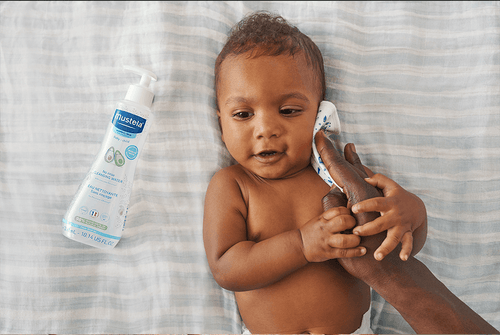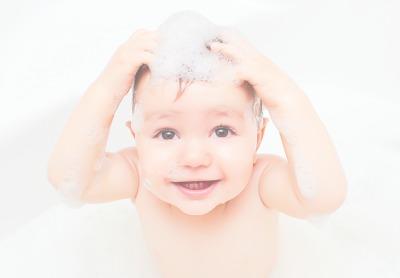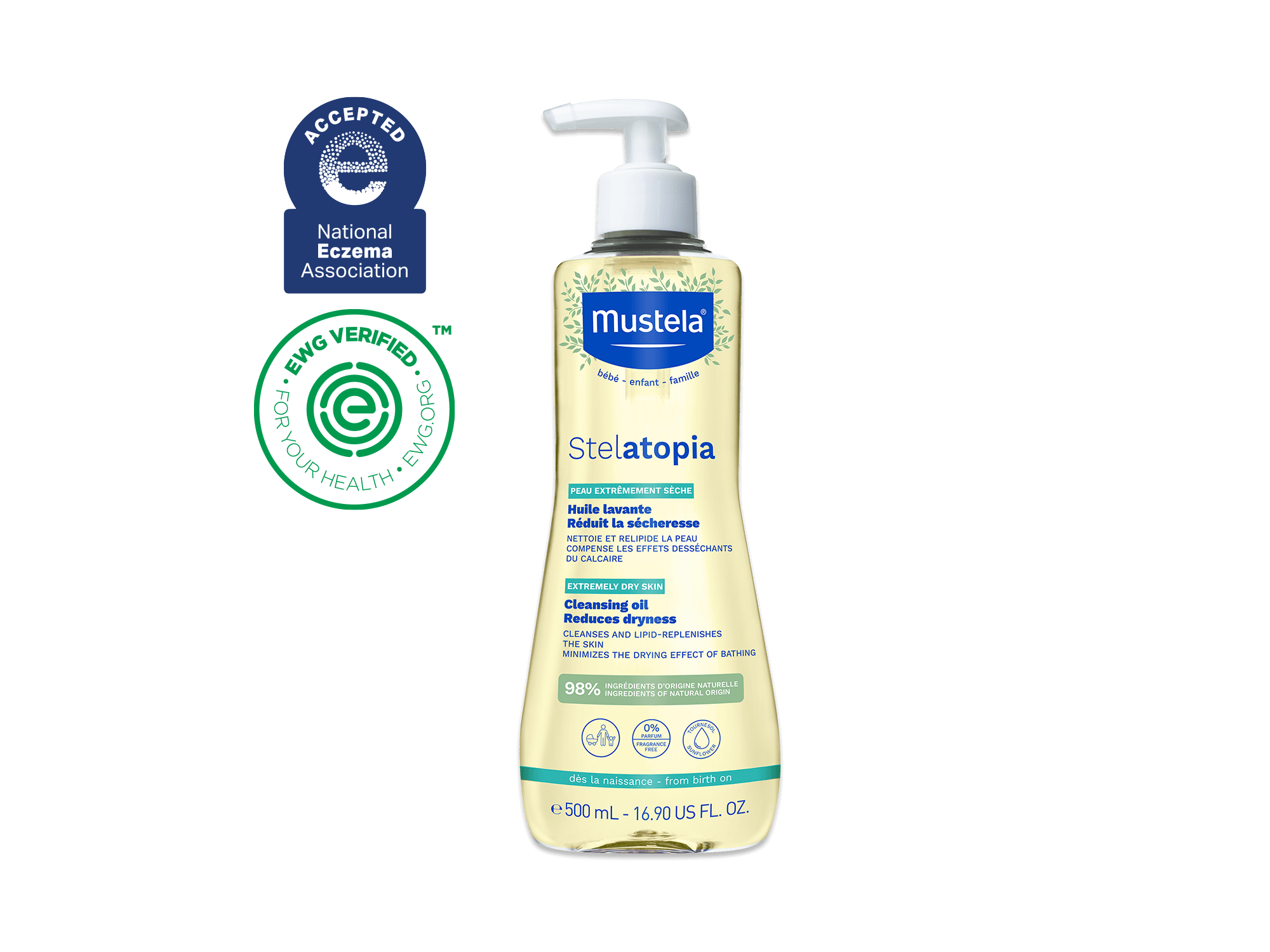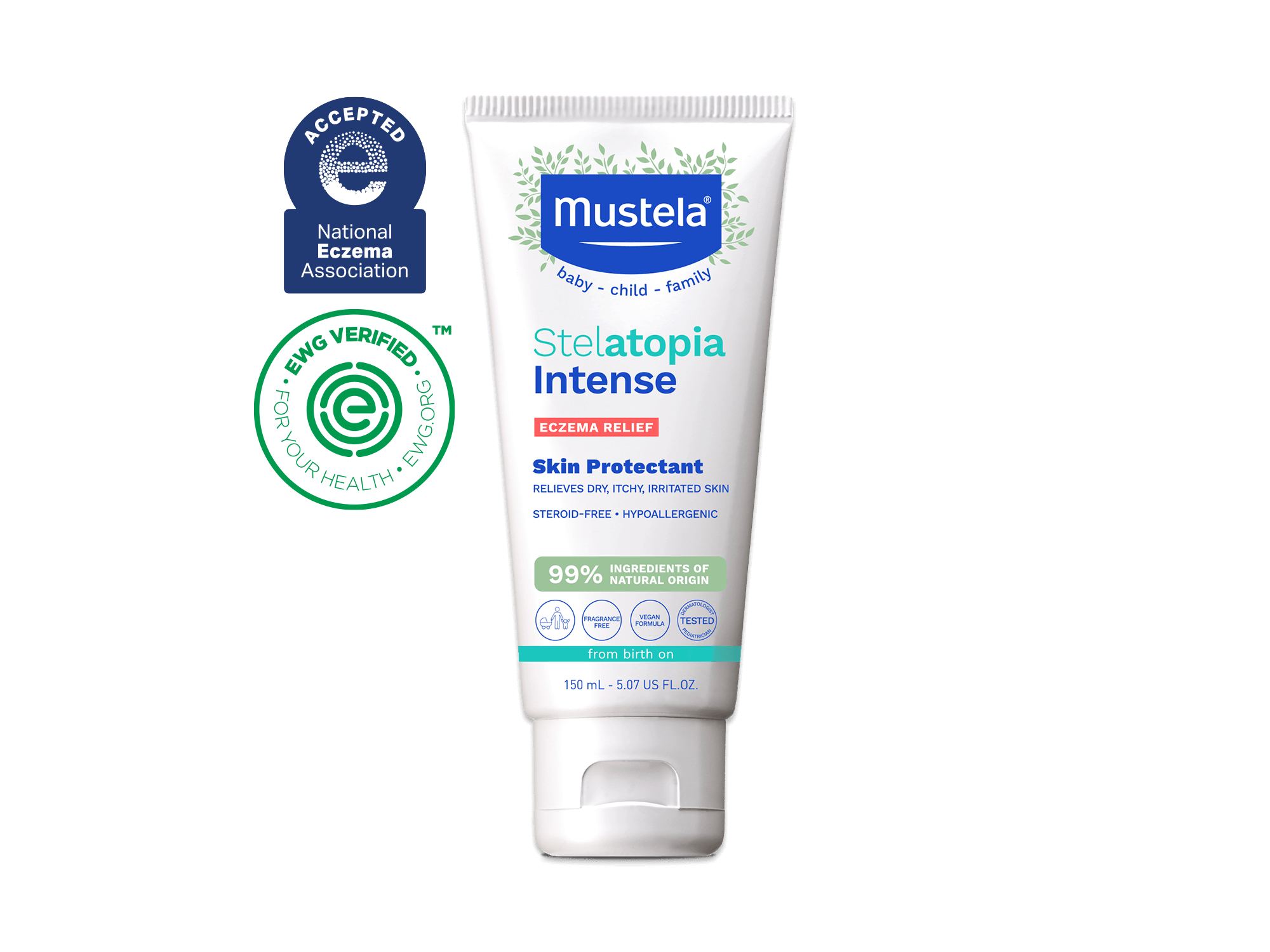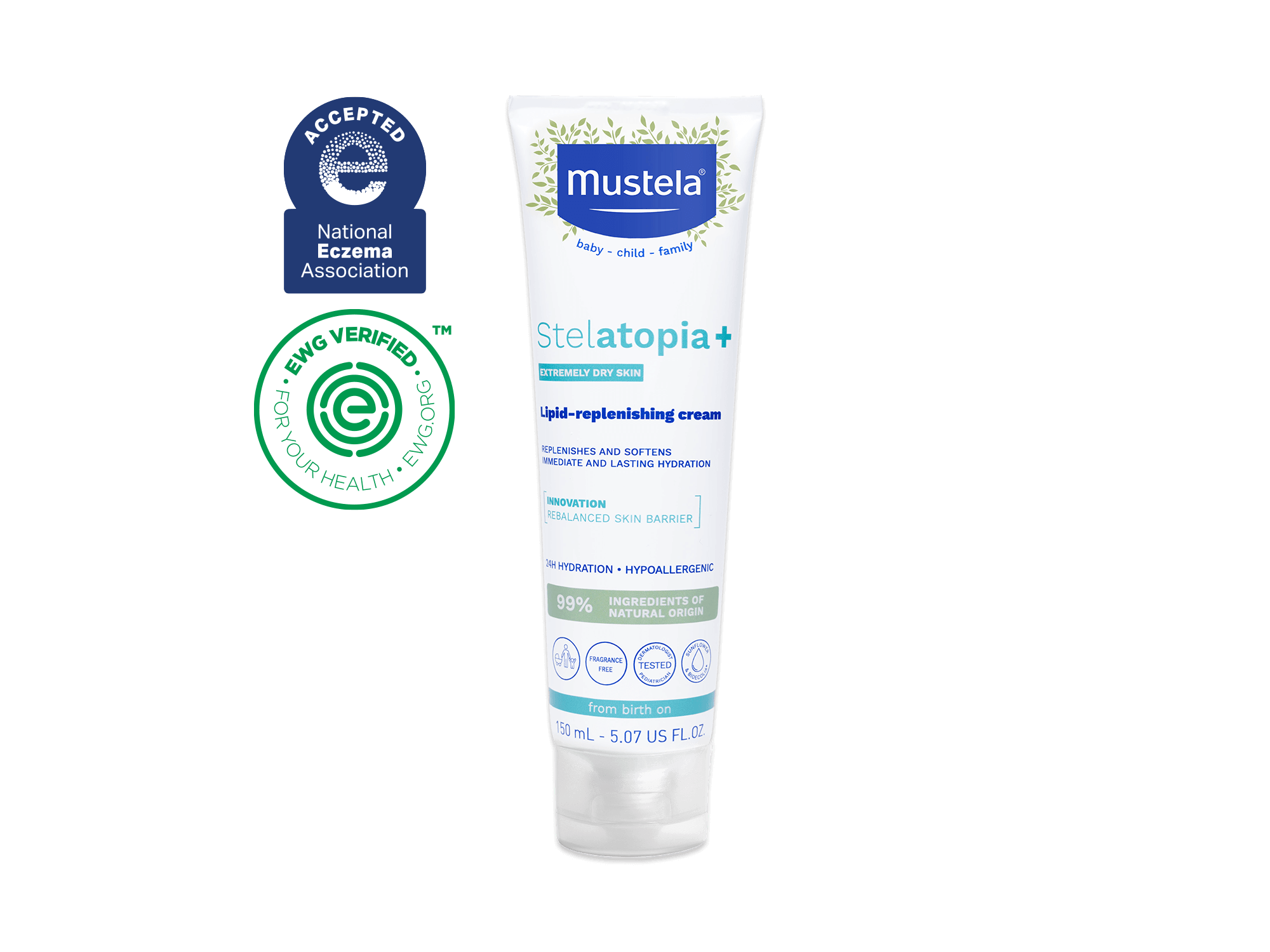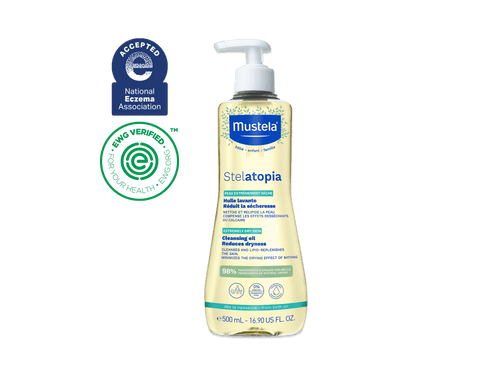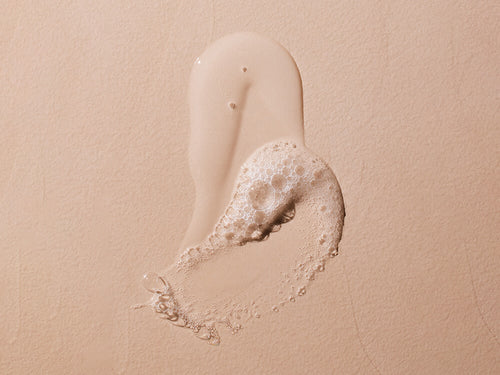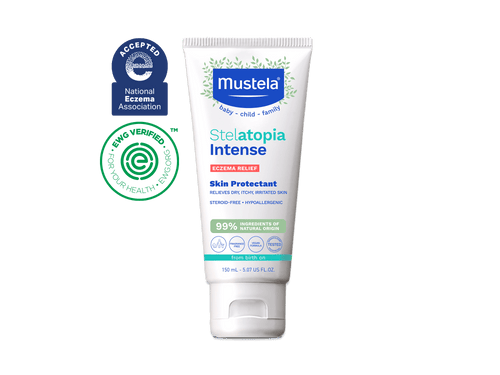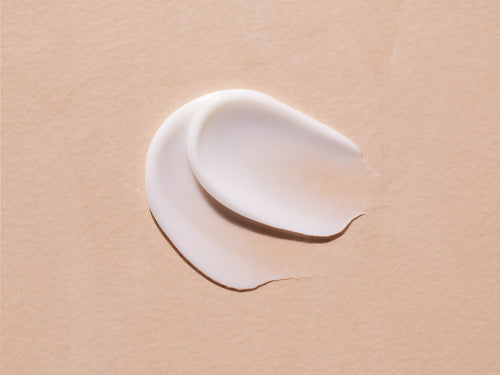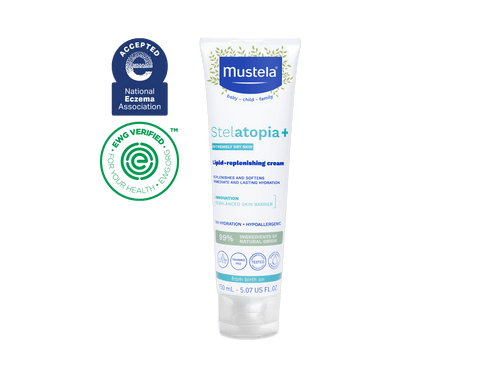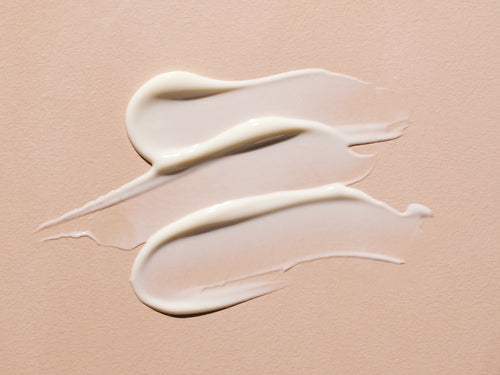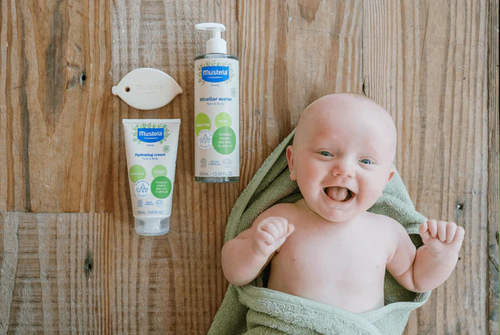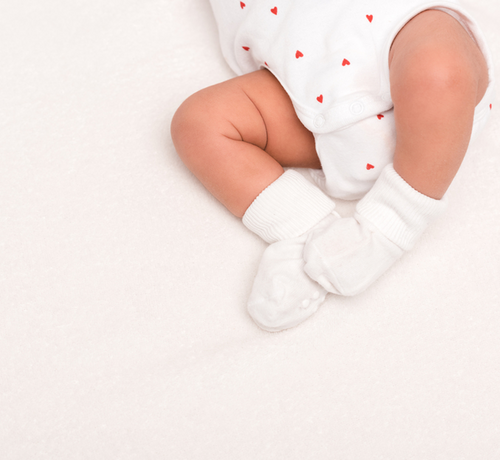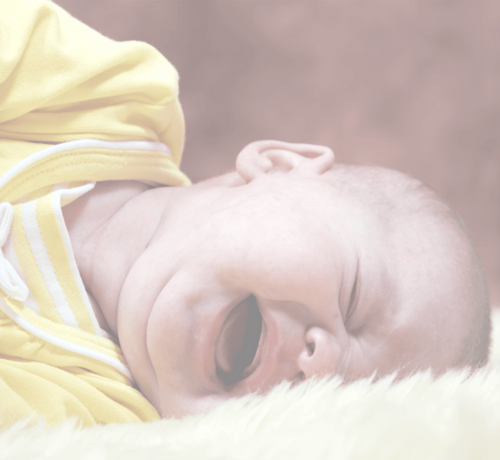You want to keep your baby’s skin healthy and soft. But when they have eczema, that can be a challenge since so many things can trigger their symptoms — even taking a bath. That’s why we’ve put together this baby eczema bathing guide to show you the best way to bathe your baby.
We’ll also share how to dry their skin and what to do after the bath to keep flare-ups at bay. Let’s dive in!
Table Of Contents
- Eczema And Bathing
- Baby Eczema Bathing Guide
- Showering With Eczema
- Baby Eczema Bathing Guide: Review
- Additional Bathtime Tips
Eczema And Bathing
Atopic dermatitis, or eczema, is a skin condition that can cause dry, itchy patches on your baby’s skin. It's a common problem that approximately 25% of children have. Of those kids, 60% experienced symptoms during their first year.
Many things can set off your baby’s eczema, including animal dander, pollen, scratchy clothes, tight clothes, high ambient temperatures, and even hot water. You can guard your baby against many of these usual triggers fairly easily, but water temperature is a bit more difficult and can make bathing a real chore.
Don’t worry! You can still bathe your baby; you’ll just have to take a few special precautions to make their bath time more comfortable.
Baby Eczema Bathing Guide

Even though most of us enjoy a long soak in a warm tub after a hard day’s work, it’s not the best thing for your skin.
We know that your skin isn’t the primary concern when all you want to do is unwind. Trust us, we’ve been there. But unfortunately, the hot water and long soak times can harm the natural oils on your skin (the hydrolipidic barrier) that protect against harsh chemicals and other allergens.
When the protective layer is weakened, allergens floating around in the air and water can reach your skin, dry it out, and cause microscopic damage.
Normally, adult skin is thick enough that the drying and damage from a hot bath are only temporary. But for a baby whose skin hasn’t developed completely, repeated hot baths can cause dry skin to stick around longer than it would for an adult.
This is especially true for babies who suffer from eczema. The drying effect of the hot water and the trace amounts of dissolved chemicals found in most water can act as a trigger on sensitive skin and lead to a red, itchy flare-up. Ouch!
So, given that you need to keep your baby clean, how can you bathe your baby without causing an eczema flare-up? By keeping four essential things in mind: the water temperature, the time in the tub, the importance of bath oil, and the ingredients in the skincare products you select.
Let's look at each one more closely to help you bathe your baby with eczema-prone skin like a pro.
Water Temperature
The simplest way to keep bath time safe for your baby’s skin is to monitor the water temperature. Bath water that doesn’t exceed the average body temperature (98.6℉) is best for preventing irritation to sensitive eczema-prone skin.
For accuracy, we suggest purchasing a baby bath thermometer and using it to test the water temperature every time. That way, you can be sure you haven’t crossed the line between fun water playtime and eczema-inducing soak. Some baby bath thermometers are even fun toys, like rubber ducks.
Water at the recommended 98.6℉ or below won’t feel particularly warm to the touch. It may even be a bit on the cool side. And while it might not be the temperature you’d prefer to soak in, it’s the safest for your baby’s delicate skin.
Bathing Time
Another precaution to take (to prevent bath-related eczema flare-ups) is to limit wash time to 10 minutes when the water temperature is close to 98.6℉.
If your baby just loves to play in the water, you can extend that time by decreasing the water temperature by a few degrees. Just remember that comfortable bath water for those with sensitive skin (like your baby) is between 97℉ and 98.6℉.
Bath Oil
Keeping your baby’s skin hydrated is integral to preventing eczema flare-ups. That’s why, for the greatest peace of mind, we strongly recommend adding Mustela Stelatopia Cleansing Oil to the water every time.
Two or three capfuls are sufficient, but even that small amount offers a lot of benefits. The bath oil will compensate for the drying effects of the warm water and soothe itching caused by flare-ups. And you can leave the oil on your baby’s skin when the bath is done.
Ingredients In Skincare Products
While some parents select their baby’s skincare products based on their cost or smell, it’s best to pick them based on the ingredients list.
Many baby skincare products contain fragrances and artificial dyes, which can irritate your little one’s skin. Make sure you read the label thoroughly before purchasing any new skincare product for your baby. The fewer ingredients that are listed, the better!
In addition, check for natural, plant-based ingredients, like avocado, shea butter, and coconut oil. These are gentle on your baby’s skin while still providing the hydration and protection they need after a bath.
Our Stelatopia Cleansing Gel is a great option. It's made from 98% ingredients of natural origin per ISO 16128 standard to help keep your baby's skin soft and smooth. The Sunflower Oil Distillate® works to maintain the skin's natural barrier, and the Avocado Perseose® helps replenish your little one's skin.
Showering With Eczema
If you prefer to wash your baby in the shower, the same four general rules apply — temperature, duration, bath oil, and ingredients — with only slight variation. Keep the temperature of the water at the low end of the recommended scale (97℉) and reduce the time spent in the shower to five minutes.
Now you might be wondering, “Why is there a difference between a bath and a shower?” That’s a great question, and the answer is simple: the force of the water.
The impact of the water on your baby’s skin during a shower is relatively small. But sensitive skin can react badly to even the slightest pressure. Be mindful that your baby’s skin is still thin and that the pH hasn’t normalized yet. This makes it more susceptible to damage.
Also, the temperature or the chemicals dissolved in water could set off your baby’s eczema. So, you can see why it’s important to do whatever you can to prevent bath-related flare-ups.
In regard to the third rule — bath oil — we recommend Mustela Stelatopia Cleansing Oil for added soothing and protection, even if you choose a shower instead of a bath for your baby.
Rather than adding a couple of capfuls to the water as you would when giving your little one a bath, simply use your hands to apply a few drops directly to your baby’s skin. Then, just shower your baby as usual.
There’s no need to worry about rinsing the oil off completely. The formula is specially designed for eczema-prone skin and gentle enough to use on the first day your baby is born.
However, please note that the oil can make the bottom of the shower slippery. Always use caution when using this product so no one gets hurt.
For the fourth rule, no changes are necessary. You can use Stelatopia Cleansing Gel in either a bath or a shower. And best of all, it’s safe enough to use on your baby’s face and body daily. The pH balance in the formula helps prevent their skin from drying out when exposed to water.
Drying Off

Preventing eczema flare-ups doesn’t stop when your baby comes out of the water. You also need to be careful as to how you dry off your baby after the bath. Remember that some eczema-prone skin is sensitive to rough fabrics.
Rubbing your baby’s skin with even a soft towel can trigger an eczema flare-up. To reduce the risk of post-bath skin irritation, pat your baby’s skin with a towel instead of rubbing it. As you pat, don’t try to get them completely dry.
A little bit of water left on their skin is a good thing. That way, you can seal in the moisture after their bath.
After Bathing

So your baby is now clean and dry. That’s it, right? We just need to get them dressed? Nope, there’s one more step.
Moisturize With An Emollient
The National Eczema Association recommends the “Soak and Seal” method for bathing your baby. You just did the soaking part, which means it’s now time to seal the moisture in.
To ensure the bathing and the drying don’t trigger an eczema flare-up, apply an emollient product, like Stelatopia Intense Eczema Relief, Stelatopia Emollient Face Cream, or Emollient Balm minutes after washing your baby, while their skin is still damp.
Like the bath oil and the cleansing cream, these products work to restore your baby’s skin. Best of all, with repeated use, they can even stimulate your baby’s skin to produce its own oils. In the long run, that can normalize sensitive skin, reduce the number of flare-ups, and even get rid of symptoms altogether.
Pick up the Mustela Eczema Bath Time Set to streamline your bathtime products. It has three different products to ensure your little one’s skin stays clean, hydrated, and protected.
Once your baby has soaked and sealed, it’s time to dress them. But make sure you pick clothes that won’t make their eczema worse.
Choose The Right Pajamas
Your baby’s clothes are another potential trigger for their skin condition, so you must carefully select their bedtime attire.
Opt for clothing made from natural materials, like cotton, bamboo, or silk. These breathable fabrics keep your baby’s skin cooler and can absorb sweat.
Also, make sure the clothing you select is comfortable. It should be loose-fitting. Check for any tags that irritate your baby’s skin and cut them off if necessary.
Expert Tip: After bathing your baby, dress them in our Stelatopia Skin Soothing Pajamas. Made with ingredients of natural origin per ISO 16128 standards and designed to replenish eczema-prone skin, these pajamas deliver much-needed moisture to soothe your little one while they sleep.
That means less itching for baby and a better night's sleep for you!
Baby Eczema Bathing Guide: Review
Whew, that was a lot of information!
To make it easier to digest, let's quickly review the key points from each section above. This will give you a simple checklist to follow for your baby’s next bath.
- Keep bath time short — five or 10 minutes max
- Use lukewarm water (97℉) to protect their sensitive skin
- Add a few capfuls of Mustela Stelatopia Cleansing Oil to the water for extra protection
- Pick skincare products designed for eczema-prone skin
- Pat your baby's skin dry instead of rubbing to reduce irritation
- Apply Mustela Stelatopia Emollient Balm while their skin is still damp
- Dress your baby in breathable pajamas
Following these simple steps will help you keep your baby’s eczema under control and make it less likely to flare up.
Additional Bathtime Tips
Now that you know the basics for bathing your baby with eczema-prone skin, here are a few of our best tips to help make bath time easier.
Don’t Stress
Your baby can sense your emotions and will know when you feel overwhelmed or stressed about their bath. And with so many new things to remember, you might be feeling that way.
However, keep in mind that this is all new right now. It’ll take time to turn all of these changes into habits.
Soon, you won’t even have to think about keeping the bath temperature cooler. And you’ll naturally pat your baby instead of rubbing them dry.
You will get there. Until then, take a deep breath and tell yourself it’ll be OK. Then, go through the steps one at a time until your baby is clean and ready for bed.
Make Bath Time Fun
Just because baths have to be a bit shorter and cooler doesn’t mean they can’t be fun. Turn bath time into an exciting experience for your little one by singing songs, reading stories, or playing with toys in the tub. This will help them feel relaxed and secure during the bath.
Stock Up On Supplies
Once you find a product that works well for your baby, you don’t want to run out. Otherwise, you risk having to use a different brand and causing an eczema flare-up.
To avoid this, stock up on tried and true products, like those from Mustela. That way, you can bathe your baby anytime.
Keep Everything Close
With babies, even two inches of water is a drowning risk. Before putting them in the tub, gather your bath oil, cleansing gel, and a towel. Keep it all within arm's reach of the tub so you can easily grab what you need.
When everything is ready, draw the water, make sure it’s the right temperature, and add your baby. You’ll be able to enjoy bath time more since your supplies will be right there.
Bathe Your Baby Regularly
Bathing is an important part of eczema management, so don’t skip it. A quick bath every day will help keep your baby’s skin clean.
It’ll also give the two of you a chance to bond after a long day. And bathtime is an excellent component of a bedtime routine! It can signal that it’s almost time for sleep and help your baby wind down.
Follow Your Baby’s Lead
Some people with eczema find the tub to be very uncomfortable. If the water seems to be hurting your baby, consider switching to a shower instead. This can be a quicker way to get them clean.
Whether in the shower or the tub, pay attention to their body language and other non-verbal cues that could indicate pain or irritation. If they’re having a hard time, wash only their stinky bits and get them out of the water as quickly as possible.
Talk To A Dermatologist
If you have any questions or concerns about your baby’s eczema, talk to a board-certified dermatologist. They can offer personalized advice for treating and managing your little one’s symptoms.
While many babies respond well to natural eczema treatment, such as using the right products and keeping baths shorter, some may need additional help to get their eczema under control.
Enjoy Bath Time Again!

If your old bathtime habits irritated your little one’s skin, it’s time to switch things up. The tips in this baby eczema bathing guide can help make bathtime fun again for you and your baby.
By following the steps above and using products from our Eczema Bath Time Set, you can keep your baby’s eczema under control.
Happy bathing!

